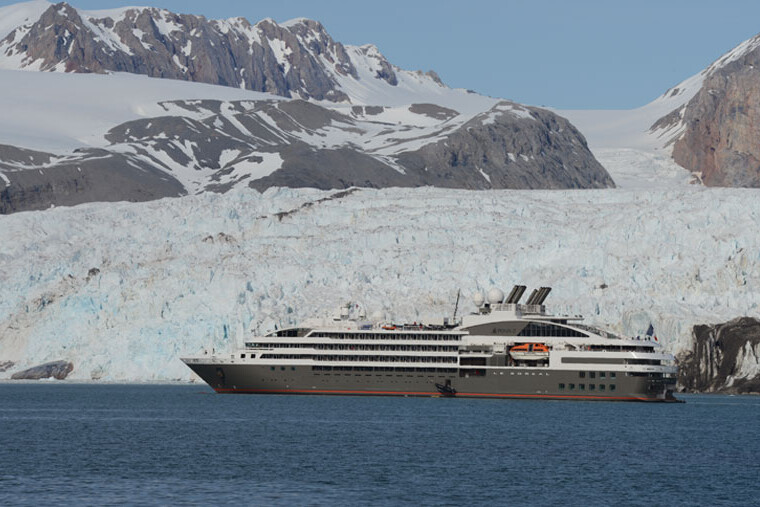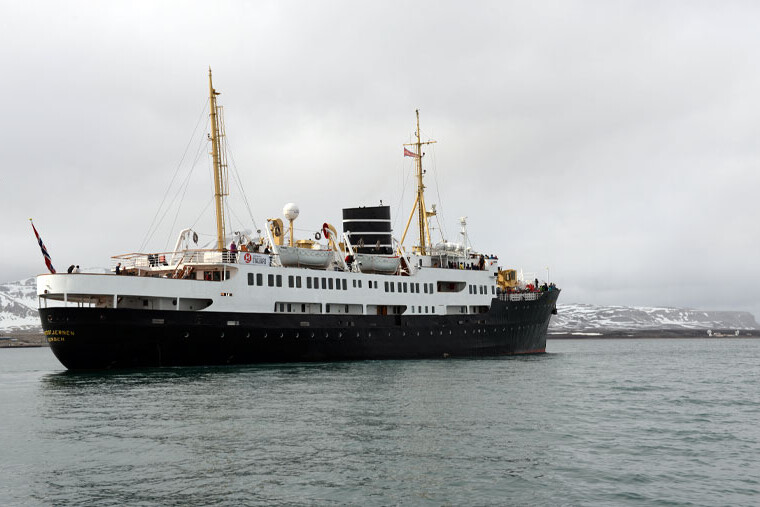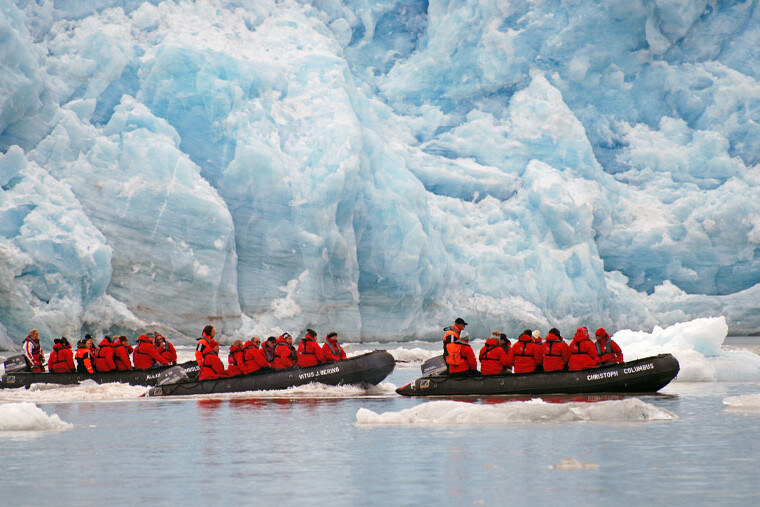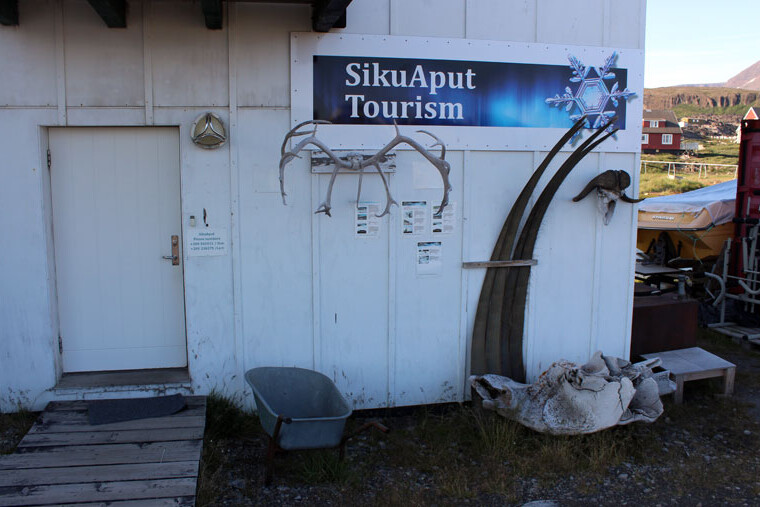This part of the FACE-IT project will identify how increased tourism activities in the coastal zone interlinks with multiple drivers of environmental changes in biodiversity and ecosystem functioning. Similar to the research on food provision and livelihoods, interactive scenarios will be co-developed with local stakeholders projecting changing coastal biodiversity and cryosphere changes of relevance for future tourism in Svalbard and West Greenland based on a set of locally grounded narratives of potential futures. The scenarios will also be used for assessing the potential for adaptive co-management of nature-based and marine tourism destinations, considering the relationship between tourism and climate change, and between threatened wildlife populations and explorer tourism.
Norway’s ambition to ensure that Svalbard will be the best managed wilderness area in the world has led to demarcating large areas as national parks with strict regulations for traffic and travel, that also affects nature-based tourism. Greenland and Northern Norway may need to adopt similar ambitions to ensure that climate-induced increases in tourism activity does not negatively impact biodiversity, economy, livelihood activities and local communities. Therefore, a framework for assessing the local sustainability of tourism activities will be developed, which subsequently will be tested in two case studies in Svalbard, and West Greenland.
Indicators for sustainable Arctic fjord tourism will be co-developed bottom up through a combination of the above-mentioned participatory methods, threshold levels for environmental impact (i.e., biodiversity changes) and review of existing frameworks for analysis of sustainable tourism. We will focus on the local ecological footprint and social sustainability, as the global carbon footprint from tourism is a well-studied object, while it is extremely difficult to measure direct emission from tourism at the local level. We define adaptive capacity to projected changes in climate, ecosystems and cryosphere as part of the sustainability of the tourism activity. Recognizing how tourism actors have previously coped with shocks and stressors related to changing conditions, as well as their ability to utilizing local knowledge and experience will be important to understanding adaptive capacity in the tourism sector.
Ultimately, this part of FACE-IT will co-develop new adaptation and management strategies with and for the operators and regulators of the tourism industry.




